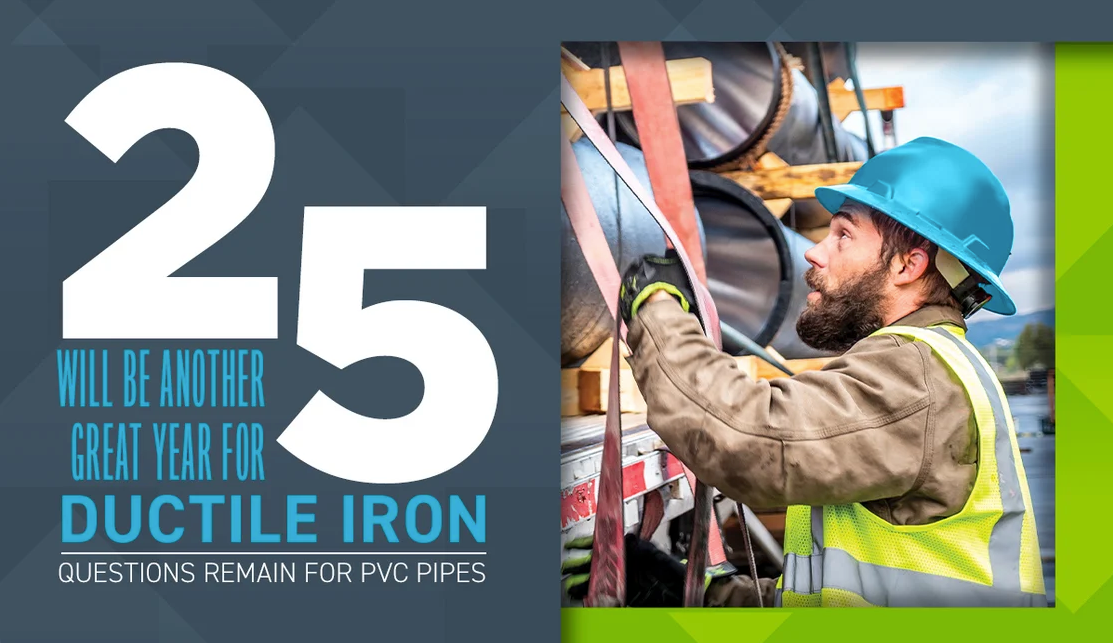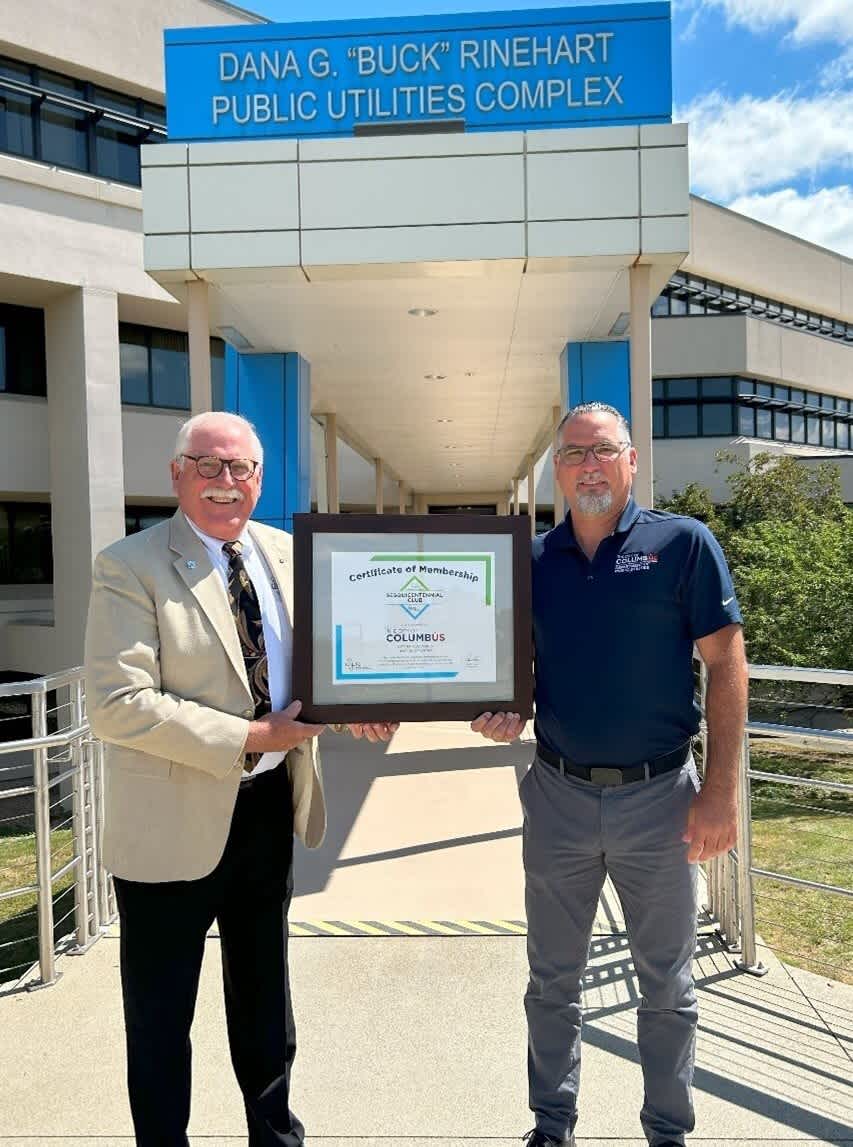
Flow Test Conducted on First U.S. Cement-Mortar Lined Iron Pipe…At 97 Years Old
Oct 21, 2020
Water Finance & Management
...the cement mortar lining put in the 8-inch iron pipeline installed in 1922 in Grove Street in Charleston, SC has provided outstanding service for nearly one century.
A recent hydraulic flow test on a 97-year-old distribution main demonstrated the longevity of cement-mortar lined (CML) iron pipe, and the consistent flow efficiency that translates into pumping cost savings.
With energy costs among the higher factors of consideration in water distribution systems, flow efficiency translates to significant savings, year over year – and upwards of 100 years.
Longevity is an important consideration in pipeline decision making. The longer a pipe serves, the more cost-effective it becomes. The water infrastructure in the United States dates to the early 1800s, with some of those original pipelines still serving. Experiences from operating those systems help guide research and often produce innovative opportunities for improvement.
First CML Lined Pipe: Charleston, S.C.
One such innovation occurred in 1922 in Charleston, SC where, on Grove Street, the Charleston Water System installed the first iron pipeline to be provided with a cement-mortar lining. The lining was intended to improve the quality of the water by preventing the pipe from experiencing oxidative reactions in unlined metallic pipe. As an added benefit, the lining helped reduce the energy required to pump water through the pipe by improving its hydraulic character. As seen in Charleston, the improved flow provided by the cement mortar lining maintains this benefit over nearly one century of service.






